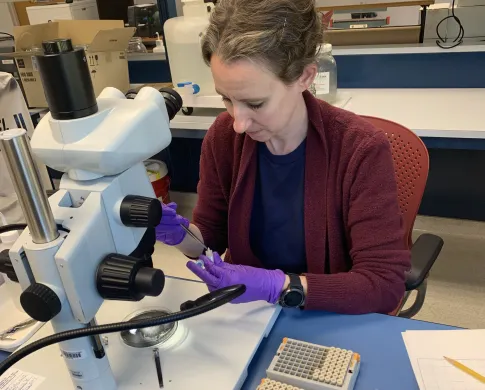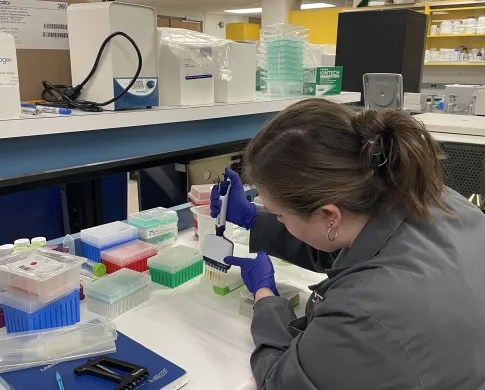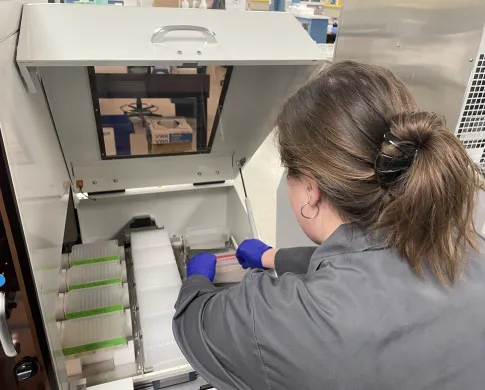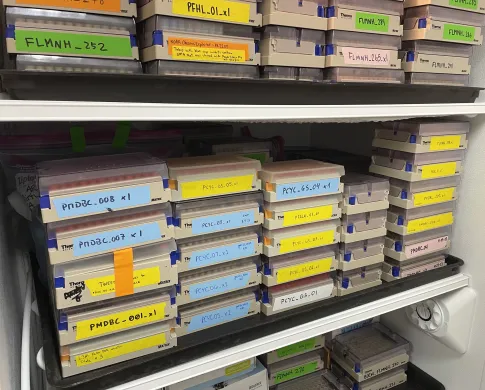Image


All living things contain DNA, and regions of DNA (genes) encode proteins that carry out cellular functions necessary for life. Some genes are shared across many different organisms but have a specific DNA sequence unique to an individual species. These genes, or “barcodes”, provide a means to identify species genetically rather than just by visual inspection.
A DNA reference library is a curated collection of high-quality DNA barcodes generated from specimens that are both identified by taxonomic experts and permanently housed in public collections. This means that scientists have high confidence in the species ID linked to each DNA sequence in the library, and if there are any doubts about the ID they can go back and re-check the source material. A well-curated DNA reference library allows scientists to identify species based on their DNA, rather than always having to have an expert on-hand.
A DNA reference library is also necessary to identify species from environmental DNA. Environmental DNA, or eDNA, is DNA sampled from the environment rather than from a single individual organism. Genetic material shed by micro- and macro-organisms in an environment (e.g., in water, soil, or gut contents) is collected, and the resulting sample contains DNA from a whole community of creatures. A single eDNA sample might contain the DNA from hundreds to thousands of different species! Analyzing eDNA involves comparing “unknown” DNA barcodes from the eDNA sample to the reference library to find out which species are in the community.
Since it is challenging to access and assess all organisms in mesophotic and deep benthic habitats, eDNA analysis provides a quick, cheap and effective way to increase knowledge about these environments (see eDNA & Coral Biodiversity) For example, eDNA can help assess biodiversity, sort out dispersal patterns, document ecosystem structure, and detect invasive species. A comprehensive DNA reference library of species is critical to successful eDNA analysis. As Gulf specimens are collected and curated (see Specimen Collection and Curation), NMNH-MDBC personnel are also extracting and sequencing DNA to build this DNA barcode reference library. This reference library is available via our (Protocols and Data) page.



